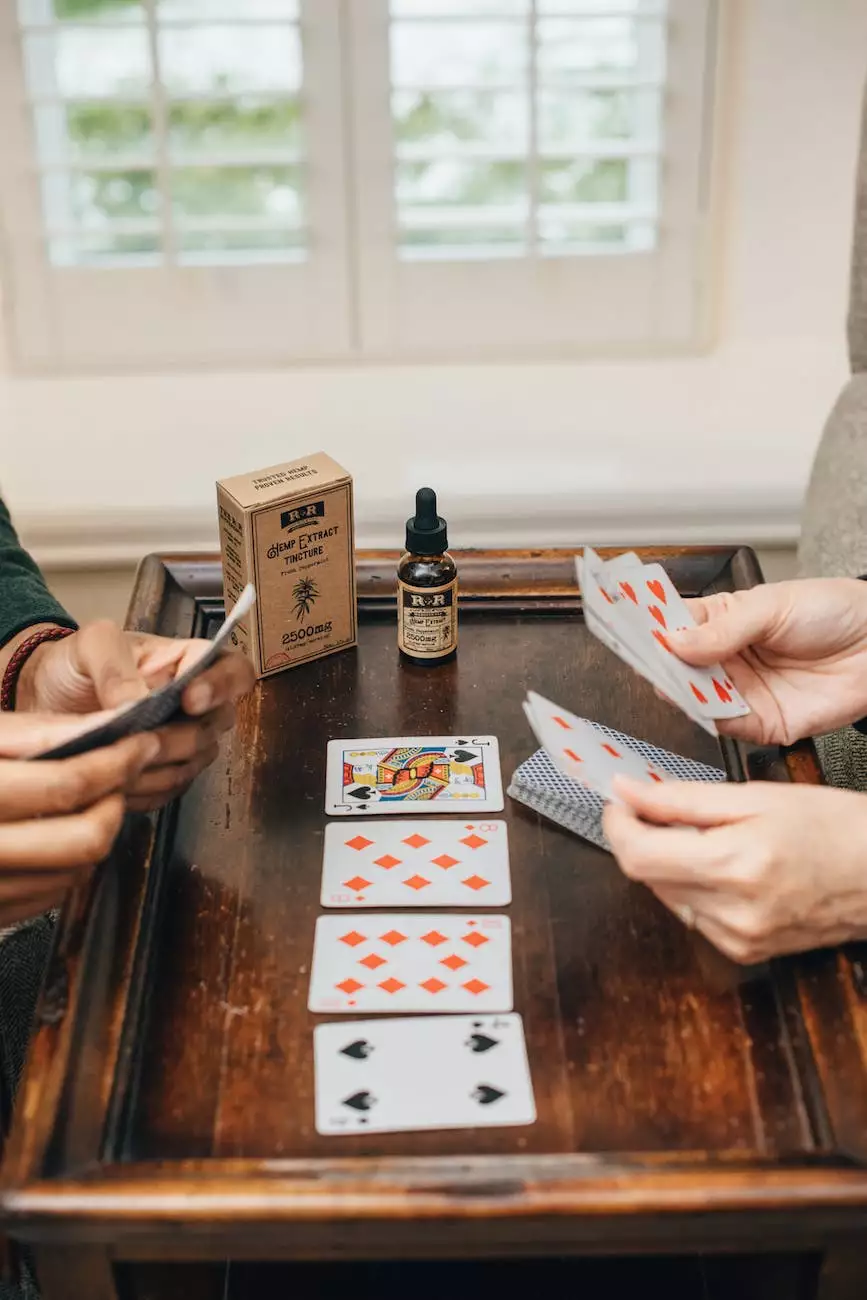Preflop Play in Omaha 8 or Better Part 2
Poker
Introduction
Welcome to Part 2 of our comprehensive guide on Preflop Play in Omaha 8 or Better at Mike's Card Casino. In this section, we will delve deeper into the strategies and best practices to help you improve your gameplay. Whether you are an experienced player or new to the game, understanding the nuances of preflop play can significantly impact your chances of success.
The Importance of Preflop Play
When it comes to Omaha 8 or Better, the decisions made before the flop can greatly influence the outcome of a hand. The starting hands you choose to play, your position at the table, and your understanding of your opponents' tendencies all play a crucial role in shaping your preflop decisions.
Starting Hand Selection
Choosing the right starting hands is essential for a profitable preflop strategy in Omaha 8 or Better. Unlike other poker variants, such as Texas Hold'em, where premium pairs hold significant value, Omaha 8 or Better requires a focus on hands that have the potential to scoop both the high and low ends of the pot.
Starting with a hand that has the components of a strong high hand and the potential for a low hand is crucial in this game. Hands containing two suited cards, preferably with an Ace, and connected cards with the potential to make both a straight and a low hand are highly desirable.
Positional Considerations
Understanding your position relative to the dealer button is vital in Omaha 8 or Better. Being in late position allows you to gather more information about your opponents' actions, enabling you to make more informed decisions. In contrast, being in early position requires a more cautious approach as you have limited information.
Adjusting to Table Dynamics
Adapting your preflop strategy to the table dynamics is essential for long-term success in Omaha 8 or Better. Assessing the skill level of your opponents, their tendencies, and their stack sizes can help you make more profitable decisions.
Tight vs. Loose Play
Identifying whether the table is dominated by tight or loose players is crucial. Tight players tend to play only premium hands, while loose players play a wider range of starting hands. Adjust your starting hand requirements accordingly to capitalize on the characteristics of your opponents.
Stack Sizes and Pot Odds
Understanding the correlation between stack sizes and pot odds is crucial in Omaha 8 or Better. Analyzing the potential profitability of a hand based on the size of the pot relative to your stack can help you make more informed preflop decisions. Keep in mind that you should aim for hands with good potential to win both the high and low ends.
Blind Defense and Stealing
Defending your blinds and capitalizing on opportunities to steal blinds are critical aspects of preflop play in Omaha 8 or Better. It is important to understand when to defend your blinds and when to attempt blind steals, considering factors such as your hand strength, position, and opponents' tendencies.
The Squeeze Play
The squeeze play is a powerful tool in Omaha 8 or Better. It involves re-raising an initial raiser and the caller(s) in an attempt to force them to fold and win the pot preflop. This play can be highly effective against players who frequently overcall or have weak holdings.
Conclusion
Mastering preflop play in Omaha 8 or Better requires a combination of knowledge, experience, and intuition. Understanding starting hand selection, positional considerations, table dynamics, blind defense, and stealing strategies will give you a significant edge over your opponents.
At Mike's Card Casino, we strive to provide players with comprehensive resources to enhance their gameplay. With Part 2 of our guide, you now have the tools to elevate your preflop strategies in Omaha 8 or Better. Implement these strategies, practice, and experience the difference in your results at Mike's Card Casino!










